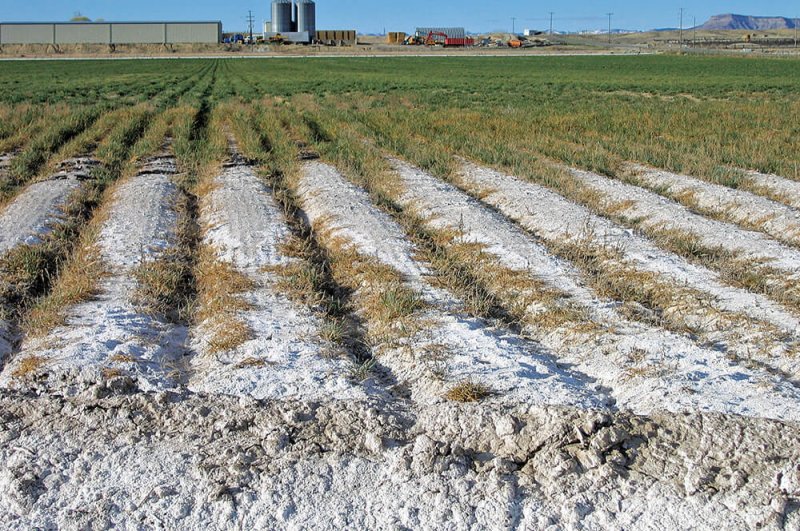Together with the prolonged use of fertilizers in intensive agriculture, the increased evaporation of water from the soil caused by global warming is leading not only to less water availability, but also to increased concentrations of salts. Today, around 20% of cultivated lands are affected by salinization, but this percentage will increase due to the climate crisis caused by heat waves and drought.
“In our laboratory we investigate the TEMPRANILLO (TEM) genes, which regulate different stages of plant development, particularly flowering. In previous studies with the model plant Arabidopsis thaliana we found that plants with a reduced content of these factors flower earlier, hence the name of the genes [“temprano” meaning “early” in Spanish]. Surprisingly, after analyzing plants with TEM excess, we saw that, in addition to changes in the flowering process, there were also alterations related to the response to salinity, so we decided to further investigate the role of TEM genes in adaptive growth” explains [researcher Soraya] Pelaz.
To discover how TEM genes regulate plant growth under saline conditions, the team analyzed mutant Arabidopsis plants with excess and deficiency of TEM grown in saline soils. In high concentrations of salt, normal plants flower later and produce almost no seeds, but the study found that mutant plants with TEM deficiency flower earlier, thus producing seeds, so their shorter life cycle allows them to escape the blockage of growth caused by salt.































